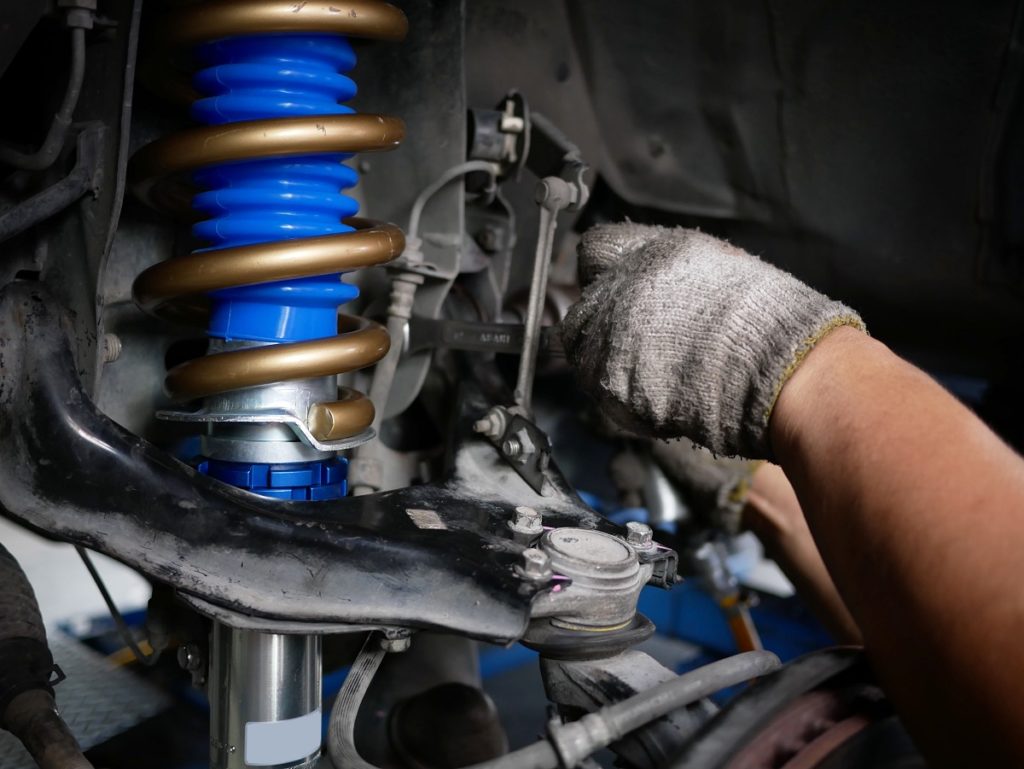Trailer suspension systems are critical components that help maintain the stability, handling, and safety of trailers. These systems work to absorb shock and vibrations caused by uneven terrain, providing a smooth and comfortable ride for both the driver and cargo. The trailer suspension system plays a vital role in ensuring the safety and efficiency of trailer operations, making it an essential part of the transportation industry.
There are various types of trailer suspension systems available in the market, each designed to meet specific needs and requirements. Leaf spring suspension is one of the most commonly used types of trailer suspension systems. Leaf springs are metal strips that are curved into an arc shape and mounted on a hanger. The suspension system works by compressing the leaf springs to absorb shock and vibrations caused by rough terrain. This system is popular due to its simplicity, durability, and cost-effectiveness.
Another type of trailer suspension system is the air suspension system. Air suspension systems work by using an airbag to replace the traditional leaf springs. The airbag is filled with compressed air and provides a smooth and stable ride by adjusting the air pressure in the bags. This system is popular in large trailers and heavy-duty vehicles due to its ability to adjust the ride height and provide better stability.
The torsion axle suspension system is another popular type of trailer suspension system. The torsion axle system uses a solid axle that is mounted to a pivot point, providing better stability and shock absorption. This system is popular in smaller trailers due to its compact design and lightweight construction.
The trailer suspension system industry is highly competitive, with numerous players operating in the market. These players are continuously investing in research and development activities to develop innovative and advanced trailer suspension systems to stay ahead in the competition. Manufacturers are also focusing on improving the manufacturing process and adopting new technologies to produce high-quality trailer suspension systems.
One of the significant trends that the trailer suspension system industry is witnessing is the shift towards lightweight materials. Manufacturers are increasingly using lightweight materials such as aluminum and composites to produce suspension systems, as they offer a high strength-to-weight ratio, improving the fuel efficiency of the trailer. Additionally, the use of lightweight materials also reduces the overall weight of the trailer, improving its performance and reducing emissions.
The trailer suspension system industry is also witnessing a rise in the adoption of smart and connected suspension systems. These systems use sensors and other electronic components to monitor and adjust the suspension system automatically, providing a smoother and safer ride. The adoption of these systems is expected to increase in the coming years, driven by the rising demand for safer and more efficient trailer operations.
However, the trailer suspension system industry is not without its challenges. One of the significant challenges that the industry is facing is the increasing regulations and standards for vehicle emissions. Governments across the world are imposing stringent regulations on vehicle emissions, which is pressurizing manufacturers to develop more fuel-efficient suspension systems. The trailer suspension system industry will need to develop suspension systems that can meet these regulations, which can be a challenging task.
Another challenge that the industry is facing is the increasing demand for customization and flexibility in trailer suspension systems. Customers are increasingly looking for suspension systems that can be customized to meet their specific needs and requirements. Manufacturers will need to develop suspension systems that can be easily adapted and customized to meet these demands.
In conclusion, the trailer suspension system industry is an essential part of the transportation sector, responsible for ensuring the stability, handling, and safety of trailers. The industry is driven by various factors, including the increasing demand for lightweight and fuel-efficient suspension systems, the rise in the adoption of smart and connected suspension systems, and the growing trend towards customization and flexibility. While the industry is facing several challenges, including increasing regulations on vehicle emissions and the need for customization, it is expected to continue growing in the coming years, driven by the rising demand for safer and more efficient trailer operations.


